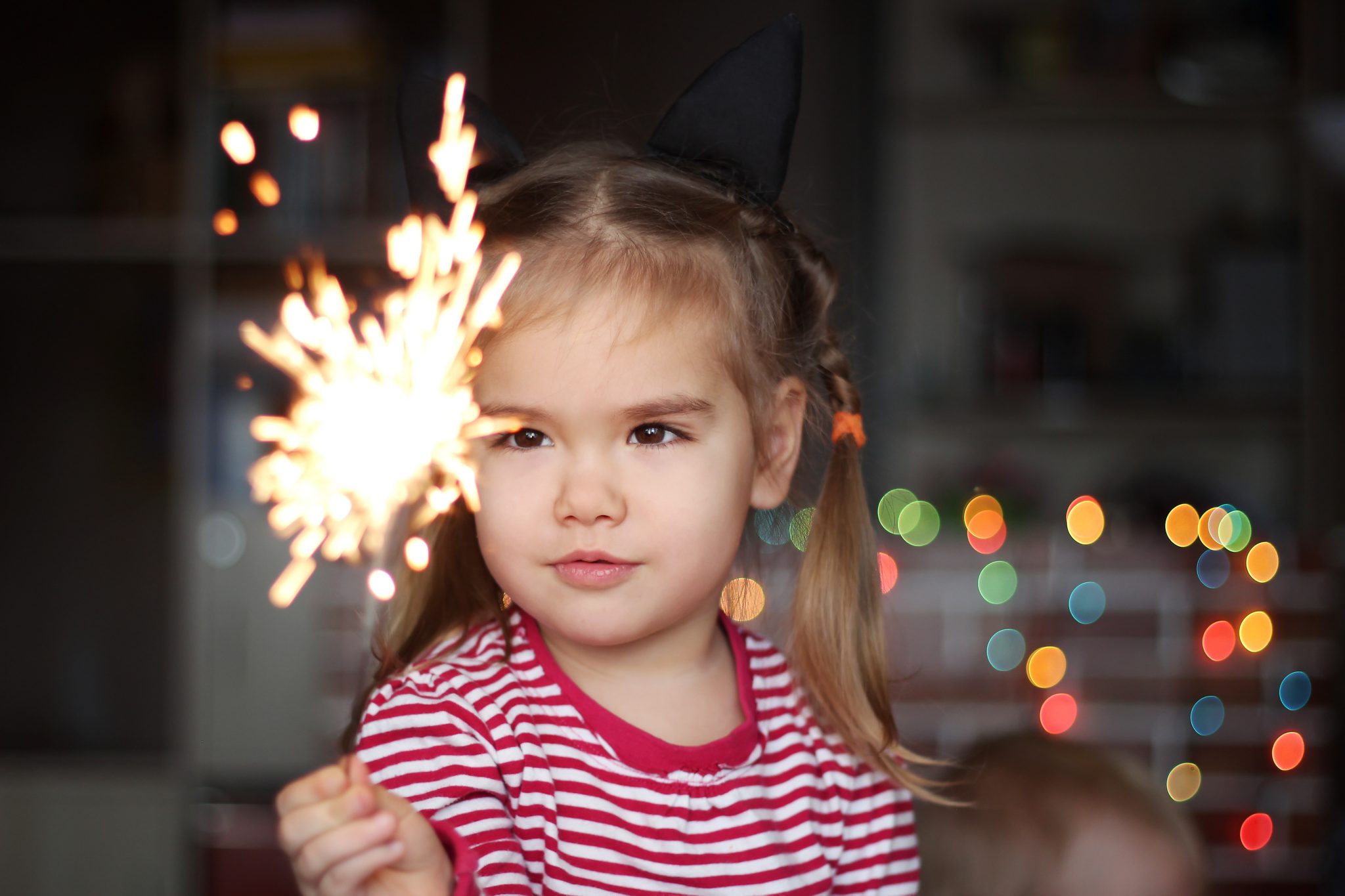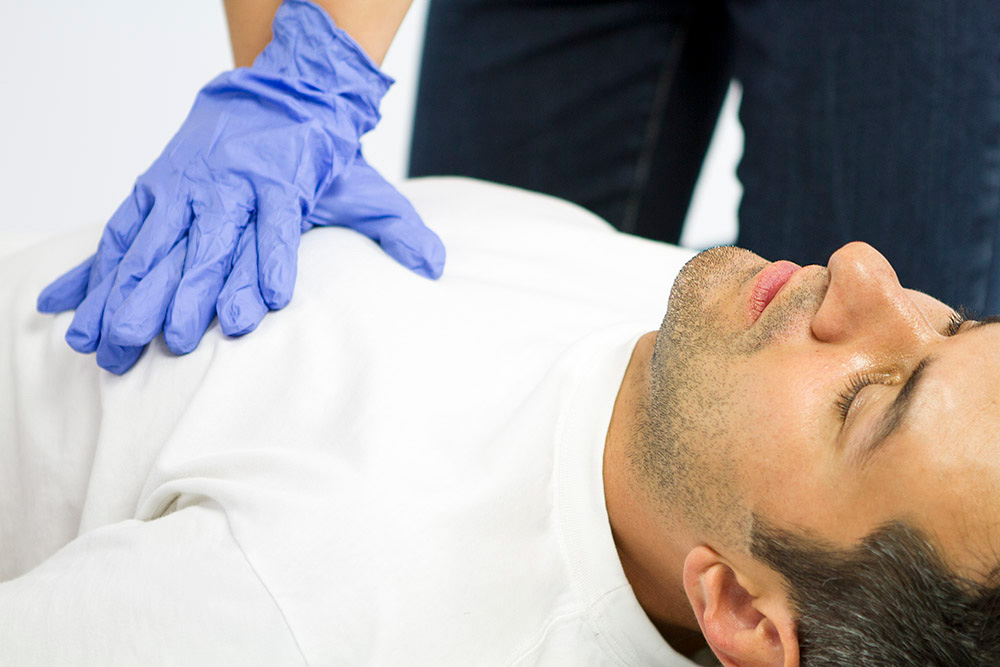Christmas is full of traditions, but one tradition may just take your breath away….literally! It…

Are you getting ready for a BBQ or bonfire? If so there are few things that you must take into account before you start lighting fires.
Burn statistics
Burn injuries that are caused by fire or hot items are very common around the UK and the world with it being the leading causes of morbidity.
Females have slightly higher rates of death from burns compared to males according to the most recent data. This contrasts with the usual injury pattern, where rates of injury for the various injury mechanisms tend to be higher in males than females.
The higher risk for females is associated with open fire cooking, or inherently unsafe cookstoves, which can ignite loose clothing. Open flames used for heating and lighting also pose risks, and self-directed or interpersonal violence are also factors (although understudied).
Along with adult women, children are particularly vulnerable to burns. Burns are the fifth most common cause of non-fatal childhood injuries. While a major risk is improper adult supervision, a considerable number of burn injuries in children result from child abuse.
Prevention
Many severe burns and scalds affect babies and young children. Examples of things you can do to help reduce the likelihood of your child having a serious accident at home include:
- keeping your child out of the kitchen whenever possible
- testing the temperature of bath water using your elbow before you put your baby or toddler in the bath
- keeping matches, lighters and lit candles out of young children’s sight and reach
- keeping hot drinks well away from young children
When to get medical attention
Depending on how serious a burn is, it may be possible to treat it at home. For minor burns, keep the burn clean and don’t burst any blisters that form.
More serious burns require professional medical attention. You should go to a hospital A&E department for:
- all chemical and electrical burns
- large or deep burns – any burn bigger than your hand
- burns that cause white or charred skin – any size
- burns on the face, hands, arms, feet, legs or genitals that cause blisters
If someone has breathed in smoke or fumes, they should also seek medical attention. Some symptoms may be delayed and can include:
- coughing
- a sore throat
- difficulty breathing
- facial burns
At Four Minutes Ltd, we have a variety of first aid courses such as First Aid at Work, Paediatric and many others. We also have lots of first aid kits and accessories, to get a free consultation on what is best for your office contact us at fourminutes.training or at 02921679041 today!
Sources: https://www.nhs.uk/conditions/burns-and-scalds/treatment/
http://www.who.int/news-room/fact-sheets/detail/burns




